THGBMNG5D1LBAIL eMMC: Datasheet, Pinout, Features and Application
NAND flash memory is a type of nonvolatile storage technology that stores data in memory cells organized in a grid-like structure. The high storage density feature makes it suitable for use in devices that require large amounts of storage space. NAND flash memory plays a crucial role in electronic devices by providing a reliable and efficient storage solution for a wide range of applications. It is commonly used in smartphones, tablets, digital cameras, and solid-state drives (SSDs), among other devices, where it serves as the primary storage medium for operating systems, applications, and user data.
The THGBMNG5D1LBAIL is a high-density NAND flash memory device known for its reliable performance and high storage capacity. It is commonly used in a variety of electronic devices, including smartphones, tablets, digital cameras, and solid-state drives (SSDs). The THGBMNG5D1LBAIL offers fast read and write speeds, making it ideal for applications requiring high-speed data storage and retrieval. In this article, we provide an overview of the THGBMNG5D1LBAIL, exploring its features, pinout, applications, datasheet, and more details.

THGBMNG5D1LBAIL Description
The THGBMNG5D1LBAIL is a 4GB eMMC module designed and manufactured by KIOXIA. It is housed in a 153-ball BGA package and features advanced NAND flash devices and a controller chip assembled as a Multi-Chip Module. The 32Gbit eMMC NAND memory IC supports an industry-standard MMC protocol for easy integration. As a nonvolatile memory storage solution, it retains data even when power is removed, making it ideal for smartphones, tablets, digital cameras, and other portable devices.
THGBMNG5D1LBAIL Pinout

THGBMNG5D1LBAIL Features
JEDEC/MMCA Version 5.0 Interface: This interface offers versatility with 1-I/O, 4-I/O, and 8-I/O modes. It provides flexibility in data transfer rates and efficiency, allowing for optimized performance in various applications.
Advanced NAND Flash Technology: With advanced NAND flash technology, THGBMNG5D1LBAIL offers state-of-the-art performance and reliability in data storage and retrieval.
High-speed Data Transfer Rate: Experience lightning-fast data transfer rates with THGBMNG5D1LBAIL, ensuring swift and efficient processing of data.
Sleep Mode Current: THGBMNG5D1LBAIL excels in energy efficiency with its low sleep mode current, making it an ideal option for devices that prioritize power conservation.
High-density: THGBMNG5D1LBAIL packs a punch with its high-density storage capacity, providing ample space for storing large volumes of data in a compact form factor.
High-security: Safeguard your data with confidence thanks to THGBMNG5D1LBAIL's robust high-security features, ensuring protection against unauthorized access and tampering.
THGBMNG5D1LBAIL Specifications
| Type | Parameter |
| Series | e•MMC™ |
|
Memory Type
|
Non-Volatile
|
| Memory Format | Flash |
| Technology | FLASH - NAND |
| Memory Size | 32Gbit |
| Memory Organization | 4G x 8 |
| Memory Interface | eMMC |
|
Clock Frequency
|
200 MHz
|
| Voltage - Supply | 2.7V ~ 3.6V |
| Moisture Sensitive | Yes |
| Mounting Style | SMD/SMT |
| Packaging | Tray |
| Package / Case | FBGA-153 |
THGBMNG5D1LBAIL Block Diagram

THGBMNG5D1LBAIL NAND Flash Memory Programming
The THGBMNG5D1LBAIL NAND Flash memory is programmed through a series of commands and operations as specified by the e-MMC standard and the manufacturer's guidelines. Here is a general overview of the programming process:
1. Initialization:
- Ensure the NAND flash memory is properly connected to the controller or host device.
- Initialize the NAND flash memory by sending a reset command.
2. Block Erase:
- NAND flash memory is organized into blocks, which consist of multiple pages. Before writing new data, it may be necessary to erase a block.
- Send an erase command to the NAND flash memory specifying the block to be erased.
3. Page Programming:
- Once a block is erased, data can be programmed into the pages within that block.
- Send a program command along with the address of the page where data will be written and the data itself.
4. Read and Verify:
- After programming, it is important to verify that the data was correctly written.
- Send a read command to the NAND flash memory to read the data from the programmed pages.
- Compare the read data with the original data to ensure it was programmed correctly.
5. Error Checking and Correction:
- NAND flash memory uses error correction codes (ECC) to detect and correct errors that may occur during programming or reading.
- Implement ECC algorithms to ensure data integrity.
6. Wear Leveling:
- NAND flash memory has a limited number of erase/write cycles per block.
- Implement wear leveling algorithms to distribute write and erase operations evenly across the memory to extend its lifespan.
7. Bad Block Management:
- NAND flash memory may have blocks that are defective and cannot be erased or programmed.
- Implement bad block management algorithms to identify and avoid using these blocks.
8. Error Handling:
Implement error handling mechanisms to handle any errors that may occur during programming, erasing, or reading operations.
It's important to consult the datasheet and programming guide provided by the manufacturer for detailed programming instructions and commands specific to the THGBMNG5D1LBAIL NAND flash memory.

Advantages of THGBMNG5D1LBAIL
1. High Storage Capacity
The THGBMNG5D1LBAIL offers high storage capacities, typically ranging from 4GB to 128GB, providing ample space for storing large amounts of data. This makes it suitable for applications requiring significant storage capacity, such as multimedia devices and data-intensive applications.
2. Fast Read and Write Speeds
With its advanced architecture and high-speed interface, the THGBMNG5D1LBAIL delivers fast read and write speeds. This enables quick access to stored data, enhancing the performance of devices using this NAND flash memory.
3. Low Power Consumption
The THGBMNG5D1LBAIL is designed to operate efficiently with low power consumption. This is particularly advantageous for battery-powered devices, as it helps to extend battery life and reduce overall power consumption.
THGBMNG5D1LBAIL Application
- Smartphones: THGBMNG5D1LBAIL is used in smartphones for storing operating system data, user files, and applications.
- Tablets: THGBMNG5D1LBAIL is used in tablets for storing data and running applications.
- Digital Cameras: THGBMNG5D1LBAIL is used in digital cameras for storing photos and videos.
- Servers: THGBMNG5D1LBAIL is used in servers for storing operating system data and user files.
- Supercomputers: THGBMNG5D1LBAIL is used in supercomputers for high-speed data storage and retrieval.
- Telecommunications: THGBMNG5D1LBAIL is used in telecommunications equipment for storing firmware and data buffers.
- Workstations: THGBMNG5D1LBAIL is used in workstations for storing operating system data and user files.
- DVD Disk Buffer: THGBMNG5D1LBAIL is used in DVD players for buffering data during playback.
- Data Buffer: THGBMNG5D1LBAIL is used as a data buffer in various electronic devices to store data temporarily.
- Nonvolatile BIOS Memory: THGBMNG5D1LBAIL is used in computers and other devices for storing BIOS settings and firmware.
- Camcorders: THGBMNG5D1LBAIL is used in camcorders for storing videos and photos.
- Embedded Logic: THGBMNG5D1LBAIL is used in embedded systems for storing firmware and data.
- eDRAM: THGBMNG5D1LBAIL is used in electronic devices for storing data in embedded DRAM.
How to Use the THGBMNG5D1LBAIL Safely
Circuit Design Tips
- Signal Integrity: Ensure proper signal integrity by minimizing signal reflections, using impedance matching techniques, and routing high-speed signals carefully.
- Power Supply Design: Design a robust power supply circuit to provide stable and clean power to the THGBMNG5D1LBAIL NAND flash memory, reducing the risk of data corruption.
- Decoupling Capacitors: Place decoupling capacitors near the THGBMNG5D1LBAIL's power pins to filter out noise and provide stable voltage during operation.
Debugging Common Issues
- Data Corruption: If you encounter data corruption issues, check for problems with power supply, signal integrity, or improper programming of the NAND flash memory.
- Read/Write Failures: Ensure proper timing and voltage levels during read and write operations. Check for proper addressing and command sequences.
- Compatibility: Verify that the THGBMNG5D1LBAIL is compatible with your system's voltage levels, interface, and timing requirements.
Maximizing Performance and Reliability
- Error Correction: Enable error correction codes (ECC) to improve data reliability, especially in applications where data integrity is critical.
- Wear Leveling: Implement wear leveling algorithms to distribute write operations evenly across the NAND flash memory cells, extending its lifespan.
- Temperature Control: Ensure proper thermal management to prevent overheating, which can degrade the performance and reliability of the THGBMNG5D1LBAIL NAND flash memory.
THGBMNG5D1LBAIL Package

THGBMNG5D1LBAIL Manufacturer
Kioxia America is a renowned manufacturer in the field of memory solutions, known for its cutting-edge technologies and innovative products. With a focus on advanced NAND flash devices and controller chips, Kioxia America has established itself as a leader in the industry. The company's products, such as e-MMC modules like the THGBMNG5D1LBAIL, are widely used in various applications, including smartphones, tablets, digital cameras, and other portable electronics. Kioxia America is committed to delivering high-quality, reliable, and high-performance memory solutions that meet the evolving needs of its customers.
THGBMNG5D1LBAIL Datasheet
Download THGBMNG5D1LBAIL Datasheet PDF.
Conclusion
In summary, the THGBMNG5D1LBAIL NAND flash memory stands out as a crucial component in modern electronics. Its high-speed performance and high capacity make it suitable for smartphones, tablets, and other consumer electronics where fast data access and storage are essential. With high storage capacity, fast read and write speeds, and low power consumption, its significance extends to a wide range of applications, from consumer electronics to industrial and automotive systems.
Read More
- XCF32PFSG48C FPGA Datasheet, Specifications, Price and Programming
- PCAL6524HEAZ I/O Expander: Features, Pinout, Application, and Datasheet
- STM32H7 Microcontroller Features, Development, Datasheet
- FPGA for AI: Why are FPGAs Better Than GPUs for AI Applications?
- THGBMJG6C1LBAIL eMMC Datasheet, Features, Pinout & Application
- MTFC8GAKAJCN-4M IT eMMC Datasheet, Pinout, Specs & Application
- SDRAM vs. DDR vs. DRAM Memory
FAQ
-
What is the voltage tolerance of the THGBMNG5D1LBAIL?
2.7V ~ 3.6V.
-
What is eMMC?
An embedded MultiMediaCard (eMMC) is a compact storage device comprising NAND flash memory and a basic storage controller.
-
What is a NAND flash memory?
NAND flash memory is a form of nonvolatile storage technology that can retain data without requiring power.
-
How does NAND flash work?
NAND flash memory stores data in blocks and utilizes electric circuits to retain the stored information.

 Prof. David Reynolds
Prof. David Reynolds
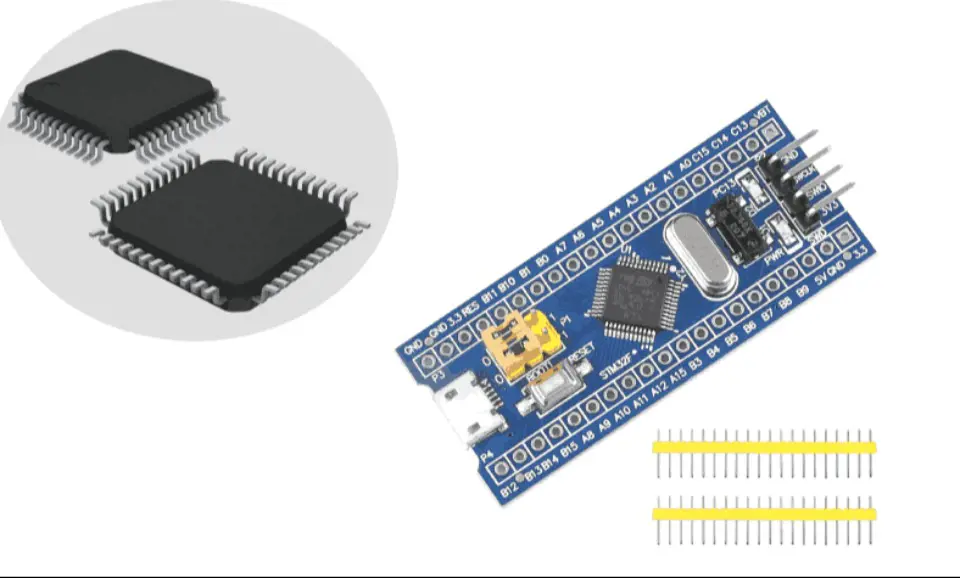


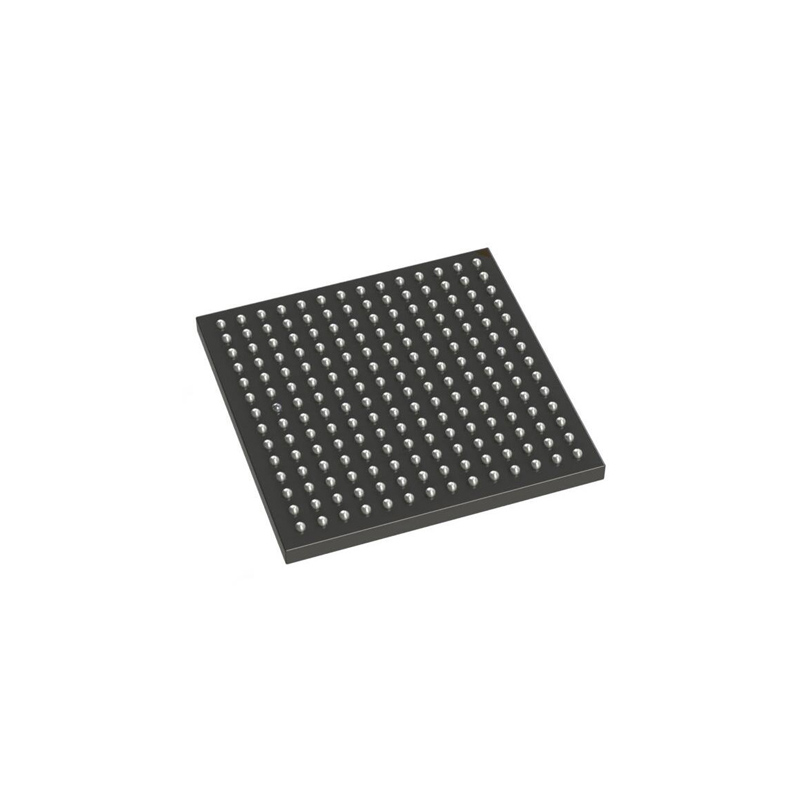
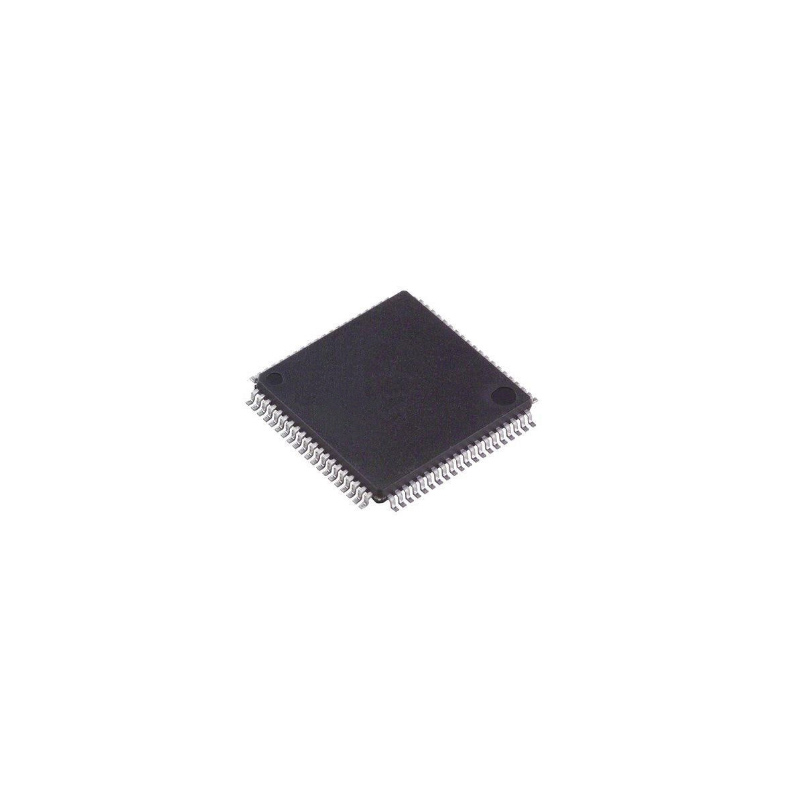
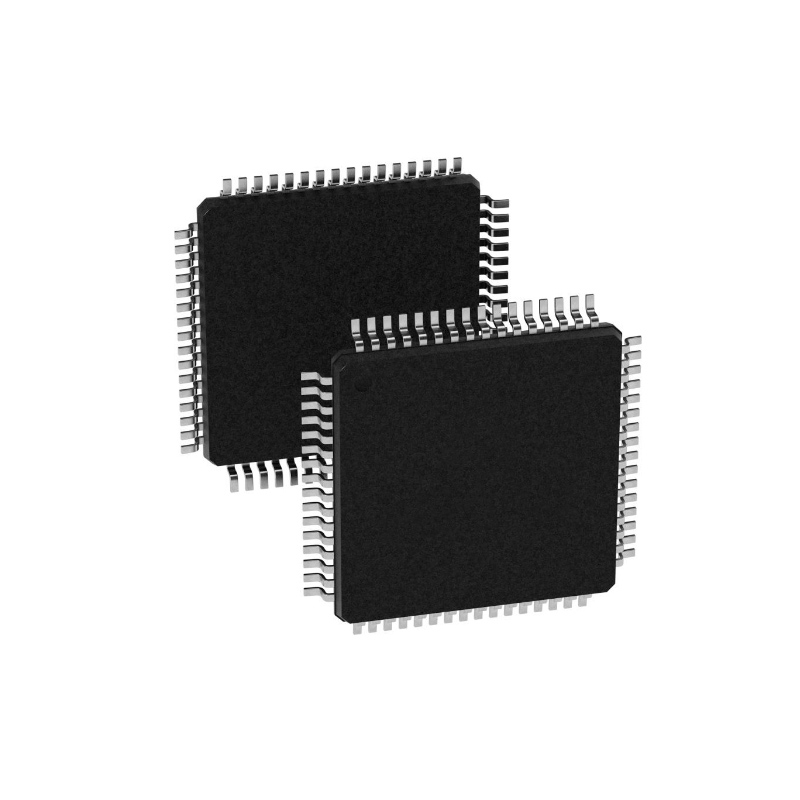
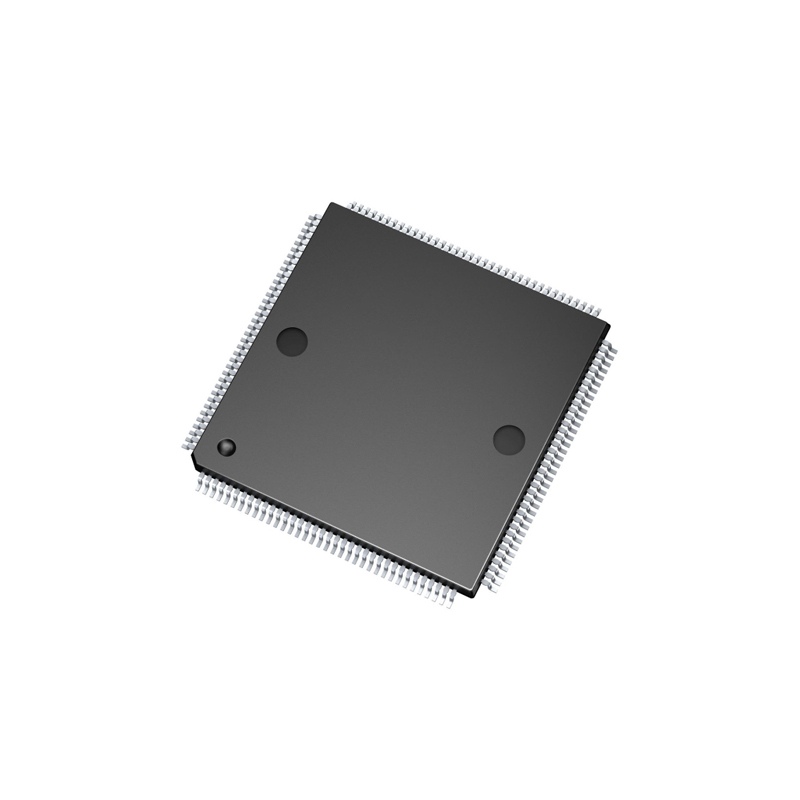
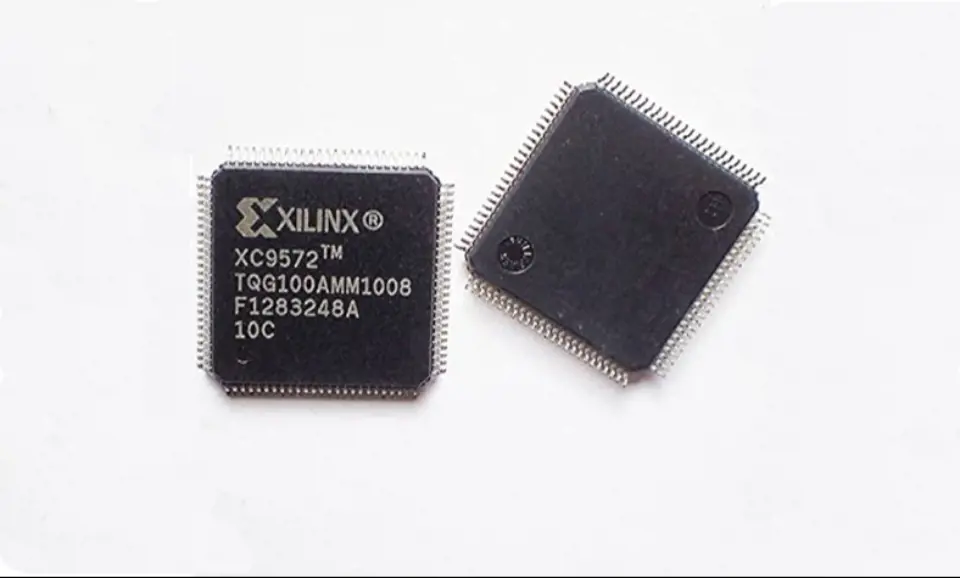
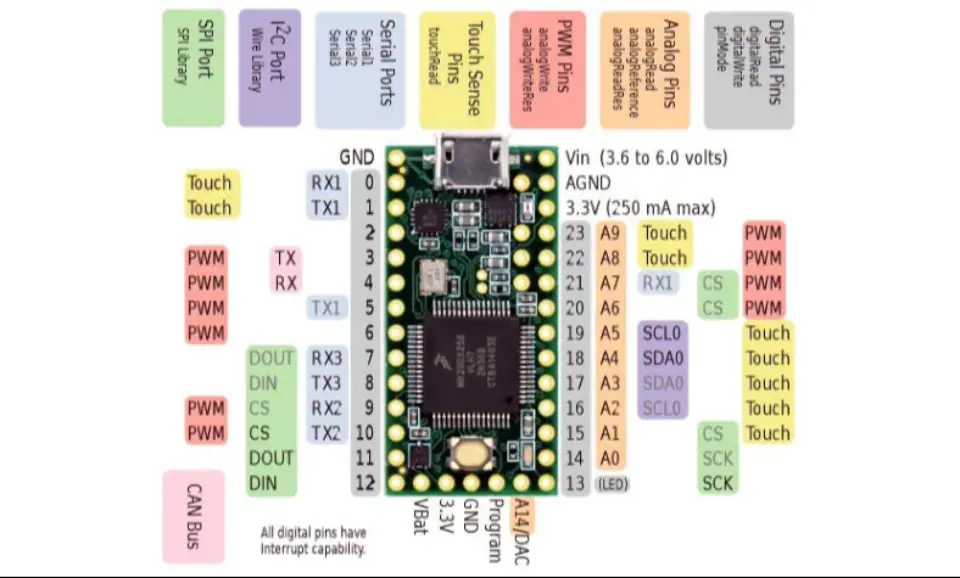
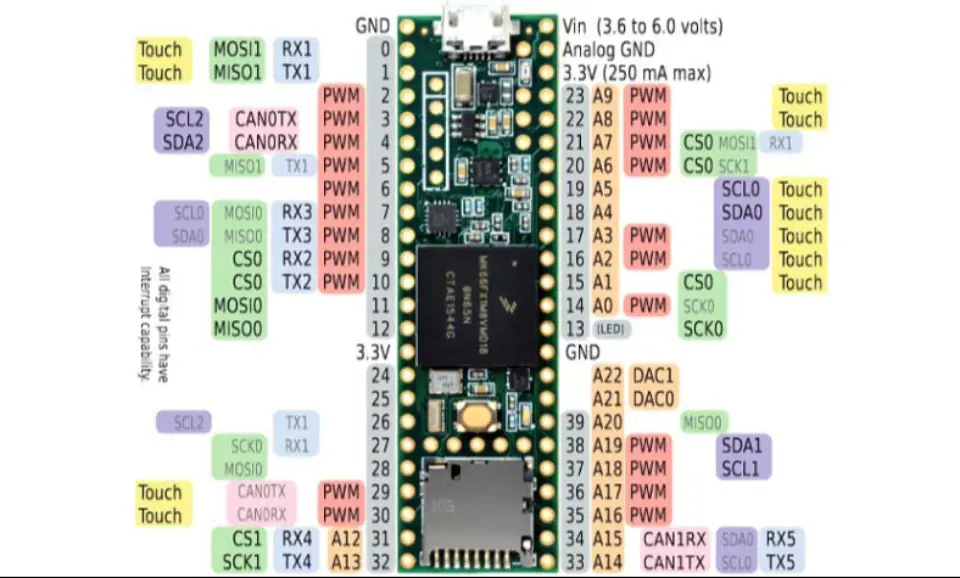
Still, need help? Contact Us: [email protected]